Repairing water damaged doors
turbo3
10 years ago
Featured Answer
Sort by:Oldest
Comments (18)
rwiegand
10 years agomillworkman
10 years agoRelated Professionals
Carol City Carpenters · Centreville Carpenters · Cypress Carpenters · Folsom Carpenters · Fort Myers Carpenters · Franklin Park Carpenters · Saddle Brook Carpenters · Avon Flooring Contractors · Boston Flooring Contractors · Riverhead Flooring Contractors · Scottsboro Flooring Contractors · Uxbridge Flooring Contractors · Dallas Furniture & Accessories · Philadelphia Furniture & Accessories · Silver Spring Furniture & Accessoriesturbo3
10 years agomike_kaiser_gw
10 years agosombreuil_mongrel
10 years agoklem1
10 years agoklem1
10 years agoturbo3
10 years agoturbo3
10 years agoturbo3
10 years agoturbo3
10 years agoturbo3
10 years agoklem1
10 years agosplagna
10 years agoturbo3
10 years agoturbo3
10 years agoklem1
10 years ago
Related Stories

HOUSEKEEPINGProtect Your House From Winter Water Damage
Avoid costly repairs by learning to spot potential problem areas before water damage is done
Full Story
DISASTER PREP & RECOVERYRemodeling After Water Damage: Tips From a Homeowner Who Did It
Learn the crucial steps and coping mechanisms that can help when flooding strikes your home
Full Story
BATHROOM DESIGNWater Damage Spawns a Space-Saving Bathroom Remodel
A game of inches saved this small New York City bathroom from becoming too cramped and limited
Full Story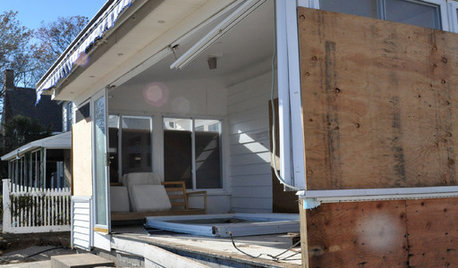
DISASTER PREP & RECOVERY7 Initial Steps for Dealing With Floodwater Damage
How you handle your flooded home and its contents can affect not only the damage level but also your personal safety
Full Story
WINDOW TREATMENTSA Surefire Way to Prevent Sun Damage Indoors
Why let light ruin your furniture, floors and artwork, when the solution could be as simple as applying high-quality window film?
Full Story
BATHROOM TILEQuick Fix: Repair Cracked Bathroom Grout
Banish an eyesore and safeguard your bathroom from water damage in 30 minutes or less with this DIY repair
Full Story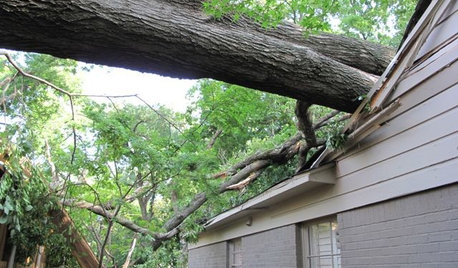
HOUZZ TOURSMy Houzz: Twister Damage Sparks a Whole Ranch Remodel
A Dallas couple transforms their traditional rambler into a bright, family-centered haven after a tornado
Full Story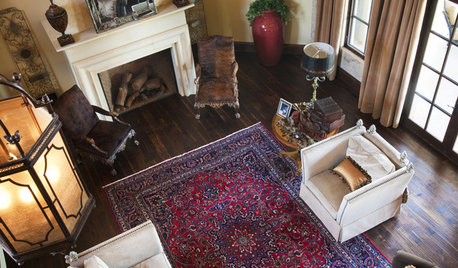
RUGSPrevent Slips and Floor Damage With the Right Rug Pad
Here's what to know about sizes, materials, costs and maintenance of this important companion to your area rugs
Full Story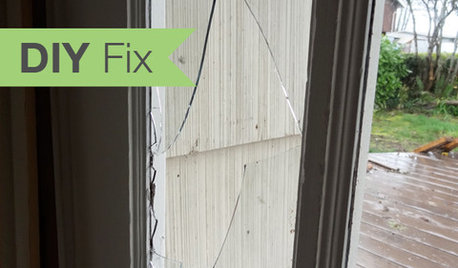
HOUSEKEEPINGDIY Fix: How to Repair a Broken Glass Door Pane
Don't let broken glass shatter your self-esteem. You can fix it more easily and more inexpensively than you might realize
Full Story
GREAT HOME PROJECTSHow to Give Your Driveway and Front Walk More Curb Appeal
Prevent injuries and tire damage while making a great first impression by replacing or repairing front paths
Full Story





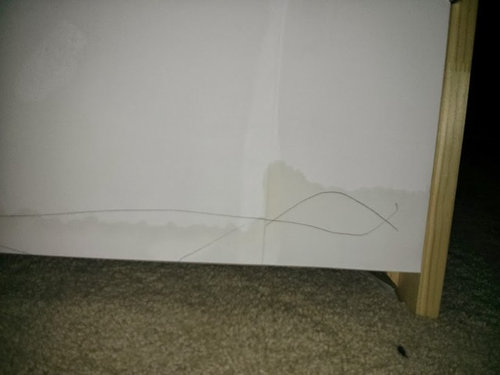
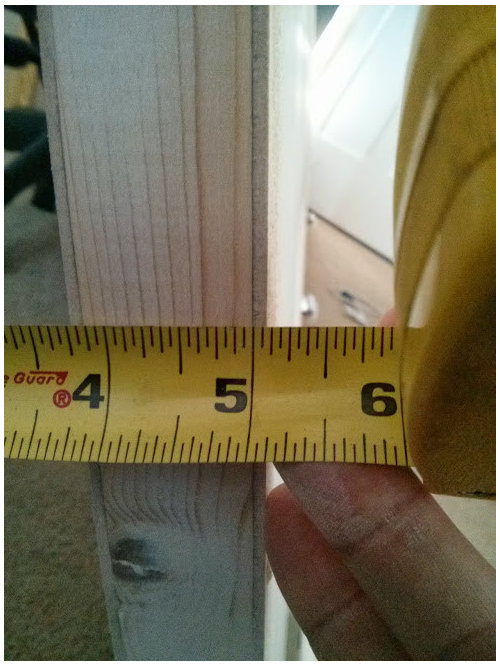
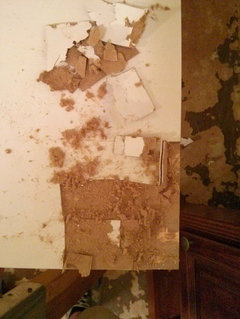



bobismyuncle